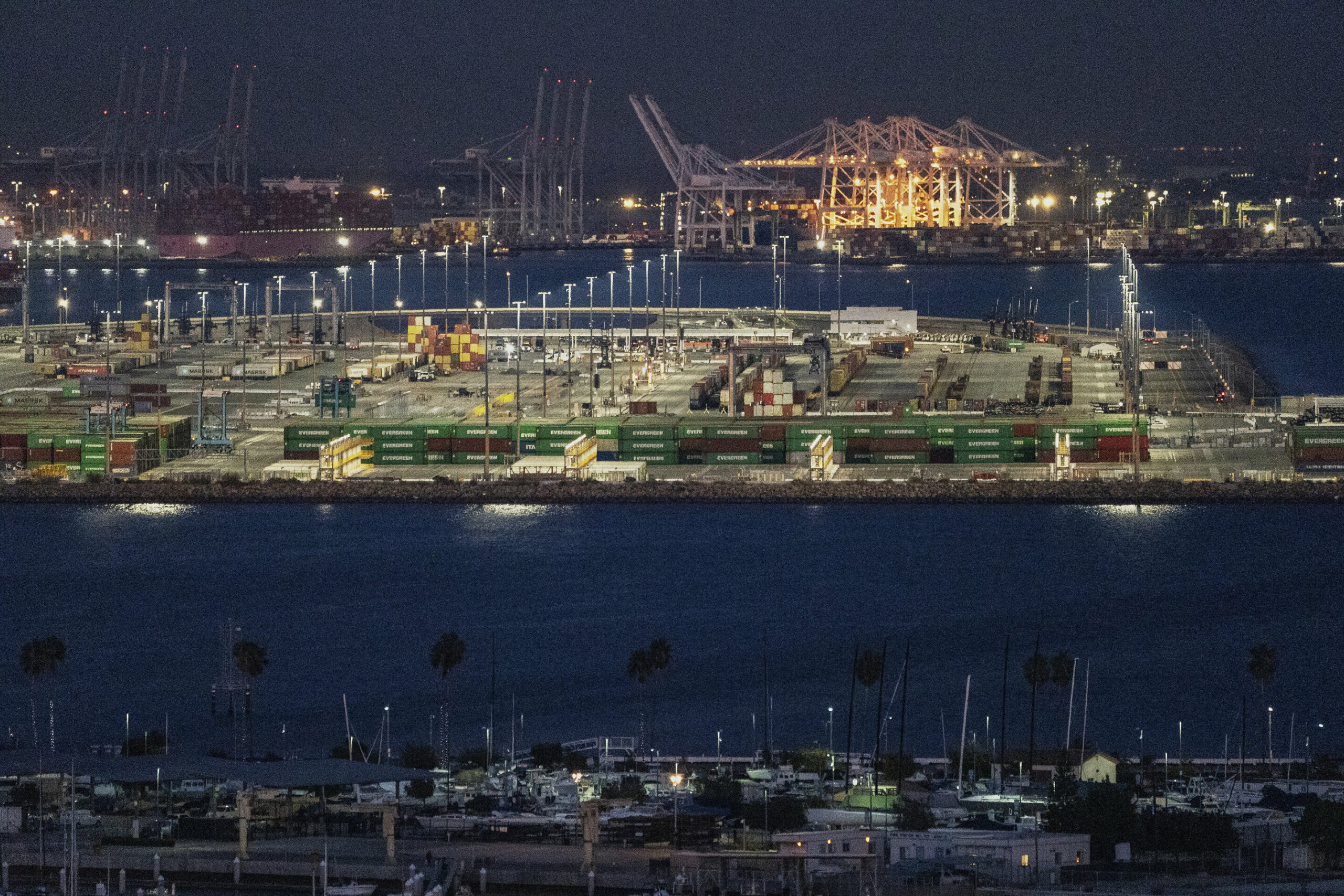Green shipping corridors are being developed along major shipping routes to reduce planet-warming carbon emissions from the shipping industry. Shipping is responsible for almost 3% of the world’s total greenhouse gas emissions, and this figure is rising. The International Maritime Organization (IMO) aims to halve greenhouse gas emissions from shipping by mid-century and may seek deeper cuts this year. To achieve this, significant vessel and infrastructure changes will be necessary.
Green Shipping Corridors
Over 20 green shipping corridors have been proposed, including the partnership between Los Angeles and Shanghai, which was formed last year. The aim is to unite marine fuel producers, vessel owners and operators, cargo owners and ports in a common effort. Los Angeles entered a second agreement in April with nearby Long Beach and Singapore. Others in the works include the Great Lakes-St. Lawrence River, a Chilean network, and numerous corridors in Asia, North America and Europe.
Green corridors are seen as “tools that can turn ambition into action, bringing together the entire shipping value chain,” according to Alisa Kreynes, a deputy director of C40 Cities, a global climate action coalition of mayors. However, Kreynes sounded a note of caution, questioning how much of it is PR and how much will become practice. She emphasized that a cultural shift in thinking about how we get things from point A to point B will be necessary.
New approaches developed in green corridors could bring fast results. John Bradshaw, technical director for environment and safety with the World Shipping Council, is confident that the industry will deliver zero emissions by 2050. However, fewer than half of large shipping companies have pledged to meet international carbon objectives, and there is no consensus about how to accomplish them.
Reducing Emissions
Proposals to reduce emissions range from slowing vessels down to charging them for emissions, as the European Union did last year. Finding alternatives to bunker fuel, which powers most commercial ships and spews greenhouse gases and pollutants that endanger human health, will be a priority for green shipping corridors. Liquid natural gas (LNG) is currently the most popular choice for alternative fuel, with biodiesel and green methanol produced with renewable sources such as plant waste also being used.
Mechanical sails, batteries and low- or zero-carbon liquid fuels are among propulsion methods touted as replacements for bunker fuel. Norsepower, a Finnish company, has developed “rotor sails” which are composite cylinders fitted on ship decks and spin in the breeze. Thirteen ships are using the devices or have them on order. Fleetzero contends that electric ships are best suited to wean the industry off carbon and is building cargo vessels with rechargeable battery packs.
Before building or buying low-emission vessels, companies want assurances that clean fuels will be available and affordable. Companies producing the fuels want enough ships using them to guarantee strong markets, and both need port infrastructure that accommodates new-generation ships, such as electrical hookups and clean fuel dispensing mechanisms. However, ports await demand to justify such expensive upgrades.
An organization called Cargo Owners for Zero Emission Vessels pledges to use only zero-emission shipping companies by 2040. Among 19 signatories are Amazon, Michelin and Target. Ingrid Irigoyen, an assistant director of the nonprofit Aspen Institute, which helped assemble the group, said that “when big corporate buyers come together and say we need this to happen, the rest of the chain has confidence to make needed investments.”
Green shipping corridors are being developed to reduce planet-warming carbon emissions from the shipping industry. The International Maritime Organization aims to halve greenhouse gas emissions from shipping by mid-century and may seek deeper cuts this year. Proposals to reduce emissions range from slowing vessels down to charging them for emissions. Finding alternatives to bunker fuel, which powers most commercial ships and spews greenhouse gases and pollutants that endanger human health, will be a priority for green shipping corridors. The ultimate goal is to achieve zero-emissions from shipping by 2050.


Leave a Reply